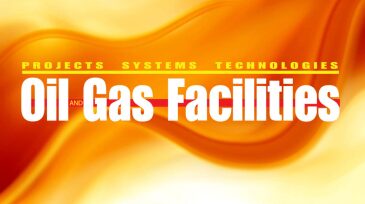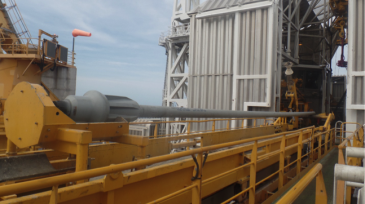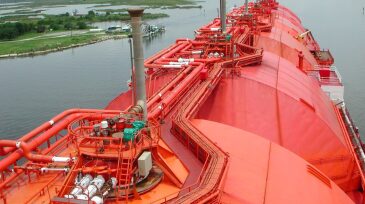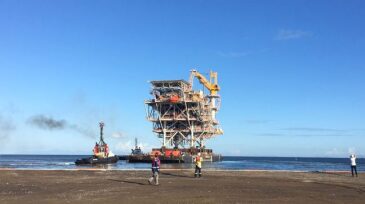offshore
-
Royal Dutch Shell CEO Ben van Beurden is to speak at the opening plenary session at SPE Offshore Europe 2017, which is being held in Aberdeen from 5–8 September.
-
As the number of tankers on the open sea remains high, a new motion-prediction software aims to increase vessel safety.
-
Results of the experimental and numerical heat-transfer analysis conducted on a T-shaped acrylic-glass pipe, representing a production header in a subsea production system with a vertical deadleg.
-
In the midst of enormous change, OTC retains its status as a “must attend” technical conference for petroleum engineers and scientists working around the globe.
-
CEO Bob Dudley, who calls BP’s UK North Sea business one of its “crown jewels”, will address hundreds of delegates at the opening plenary session at Europe’s foremost exploration and production technical conference and exhibition.
-
A new tool enables variable bore rams and shear rams to be tested in one run, cutting rig time significantly.
-
This month's feature on Offshore Facilities is drawn from more than 200 papers presented at SPE events over the past year.
-
Mexico’s long awaited deepwater auction saw 8 out of 10 blocks awarded but there remains plenty of work to be done before activity ramps up, including finalizing regulatory rules, upgrading ports, and optimizing the bid rules for future auctions.
-
Due to the continued pressure from weak utilization of existing operating fleet and supply overhang of newbuilds, Keppel is cutting its yard capacity. The company is however seeking opportunities in niche and new markets.
-
The new Juniper offshore platform began its journey toward Trinidad to be installed as BP Trinidad and Tobago LLC’s 14th offshore installation. Juniper will have a production capacity of approximately 590 MMscf/D.










